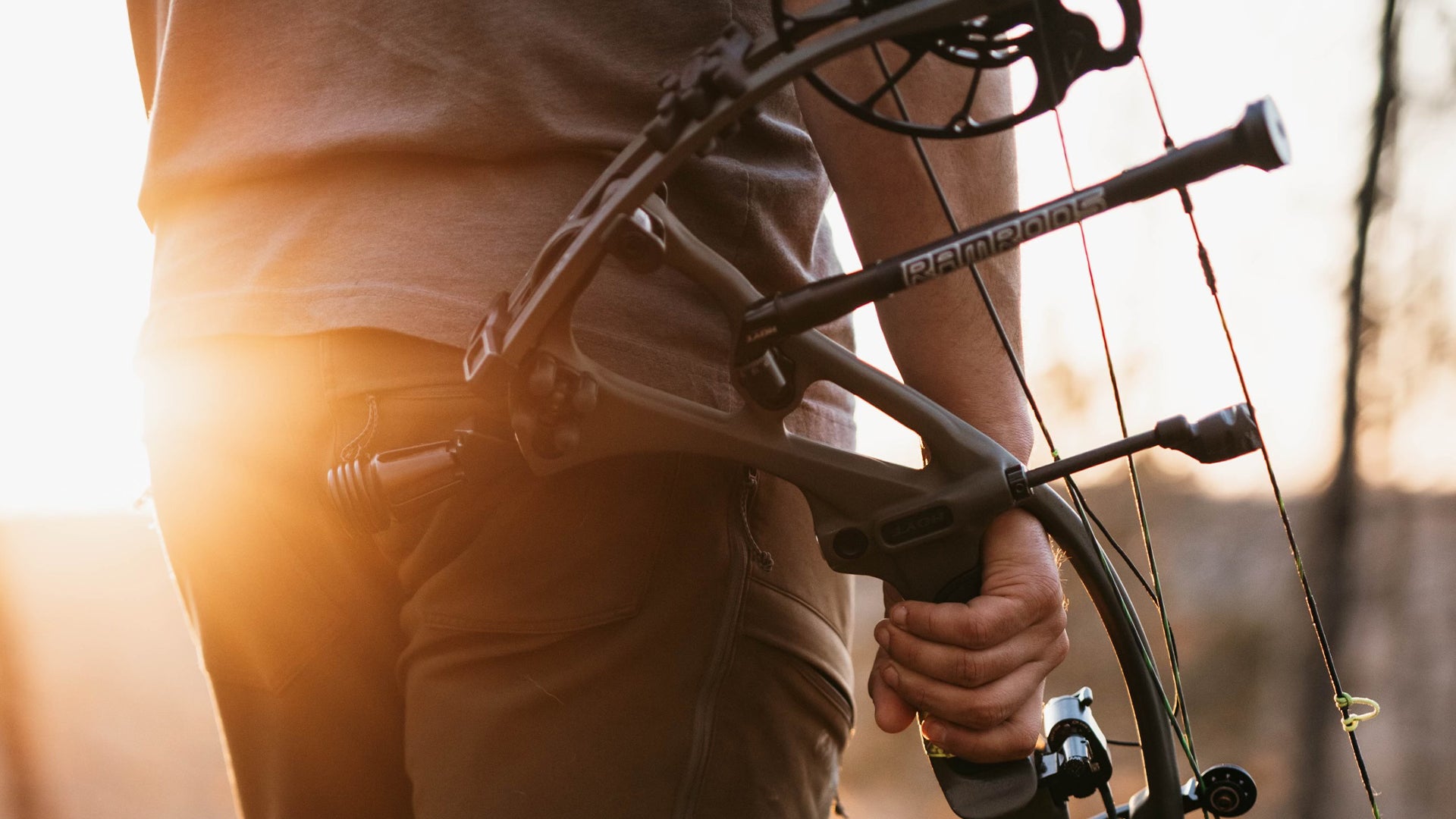Bow Stabilizer : Your Ultimate Overview to Improved Archery Precision
Bow Stabilizer : Your Ultimate Overview to Improved Archery Precision
Blog Article
Optimize Your Archery Precision With These Bow Stabilizer Strategies
One critical component that can dramatically influence your efficiency is the proper application of bow stabilizers. Whether you are a seasoned archer looking to refine your abilities or a newbie eager to enhance your accuracy, grasping these bow stabilizer strategies might be the key to hitting your mark with unmatched uniformity.
Benefits of Utilizing Bow Stabilizers
Utilizing bow stabilizers can substantially enhance an archer's precision and overall efficiency by reducing bow torque and vibration. Bow torque, caused by the unequal circulation of weight in the bow, can result in disparities in shot positioning. By connecting a bow stabilizer, the weight is rearranged, decreasing the results of torque and assisting the archer accomplish a much more consistent shot. Additionally, bow stabilizers moisten resonance, which not only improves the comfort of shooting yet also stops the bow from leaping upon release, therefore aiding in preserving proper objective.
Furthermore, bow stabilizers can aid in holding the bow constant, especially throughout windy problems or when firing from longer distances. The added weight at the front of the bow supplies stability and equilibrium, enabling the archer to concentrate on aiming without the disturbance of bow movement. Overall, the benefits of making use of bow stabilizers prolong beyond just accuracy, boosting the archer's experience and performance in numerous shooting circumstances.
Selecting the Right Bow Stabilizer
Selecting the suitable bow stabilizer is essential for enhancing your archery devices and boosting shooting efficiency. Much heavier stabilizers can assist reduce bow torque and absorb more resonance, leading to a steadier goal.

Finally, consider the style of the stabilizer. Some stabilizers come with flexible weights or dampeners that allow you to customize the balance and feeling of your bow. Inevitably, choosing the appropriate bow stabilizer involves discovering an equilibrium in between weight, size, material, and style to enhance your capturing precision and total efficiency.
Appropriate Setup Strategies
To make certain optimum efficiency and security in archery, understanding appropriate setup techniques for your bow stabilizer is necessary. The initial step in installing a bow stabilizer is to identify the right placement on your bow. The majority of stabilizers are affixed to the front of the riser, listed below the grip, to help counterbalance the weight of accessories such as views and quivers. Make sure that the stabilizer is not conflicting with various other elements or get more preventing your shooting type.
Next, safely connect the stabilizer to the bow using the suitable installing equipment. Some stabilizers come with adjustable weights that can be included or gotten rid of to fine-tune the equilibrium of your bow.

Changing Stabilizer Weight and Length
After making sure the proper installment of your bow stabilizer, the following step includes readjusting the weight and length to maximize its efficiency in improving archery precision. The weight of the stabilizer plays a crucial function in decreasing bow motion throughout the shot cycle.
A longer stabilizer can give greater stability by enhancing the distance between the bow and the weight at the end of the stabilizer. Conversely, a shorter stabilizer provides much more ability to move and may be liked by archers that value agility and fast activities throughout shooting.
Advanced Stabilizer Tuning Tips
Accomplishing optimum bow security and accuracy in archery demands a nuanced method to sophisticated stabilizer tuning. Advanced stabilizer tuning involves fine-tuning various components to enhance the bow's equilibrium, reduce vibration, and improve general accuracy. One key technique is more tips here to try out various stabilizer arrangements, including side-bar and back-bar arrangements, to discover the excellent equilibrium between security and maneuverability for your shooting design. bow stabilizer. In addition, adjusting the angle and positioning of the stabilizer can have a significant influence on how the bow responds upon release.
Another important element of innovative stabilizer tuning is enhancing the damping properties of the stabilizer system. Discovering different materials for the stabilizer building, such as carbon fiber or light weight aluminum, can also influence the bow's performance by changing its weight circulation and tightness.
Verdict
To conclude, optimizing archery precision can be attained through the appropriate option, installation, and change of bow stabilizers. By comprehending the benefits of using stabilizers, selecting the appropriate one, and fine-tuning its weight and size, archers can improve their shooting accuracy. Utilizing advanced tuning methods can additionally improve security and uniformity in arrow flight. Overall, integrating bow stabilizers into archery practice can lead to improved performance and increased precision.
Using bow stabilizers can substantially improve an archer's accuracy and overall performance by decreasing bow torque and vibration. Longer stabilizers give greater security and balance, specifically for long-distance capturing, while much shorter stabilizers use even more adaptability and are simpler to steer in limited areas (bow stabilizer). Carbon fiber Related Site stabilizers are durable and light-weight, while light weight aluminum stabilizers are robust and give exceptional vibration dampening
A longer stabilizer can supply higher security by increasing the distance between the bow and the weight at the end of the stabilizer.An additional important element of sophisticated stabilizer tuning is optimizing the damping residential properties of the stabilizer system.
Report this page